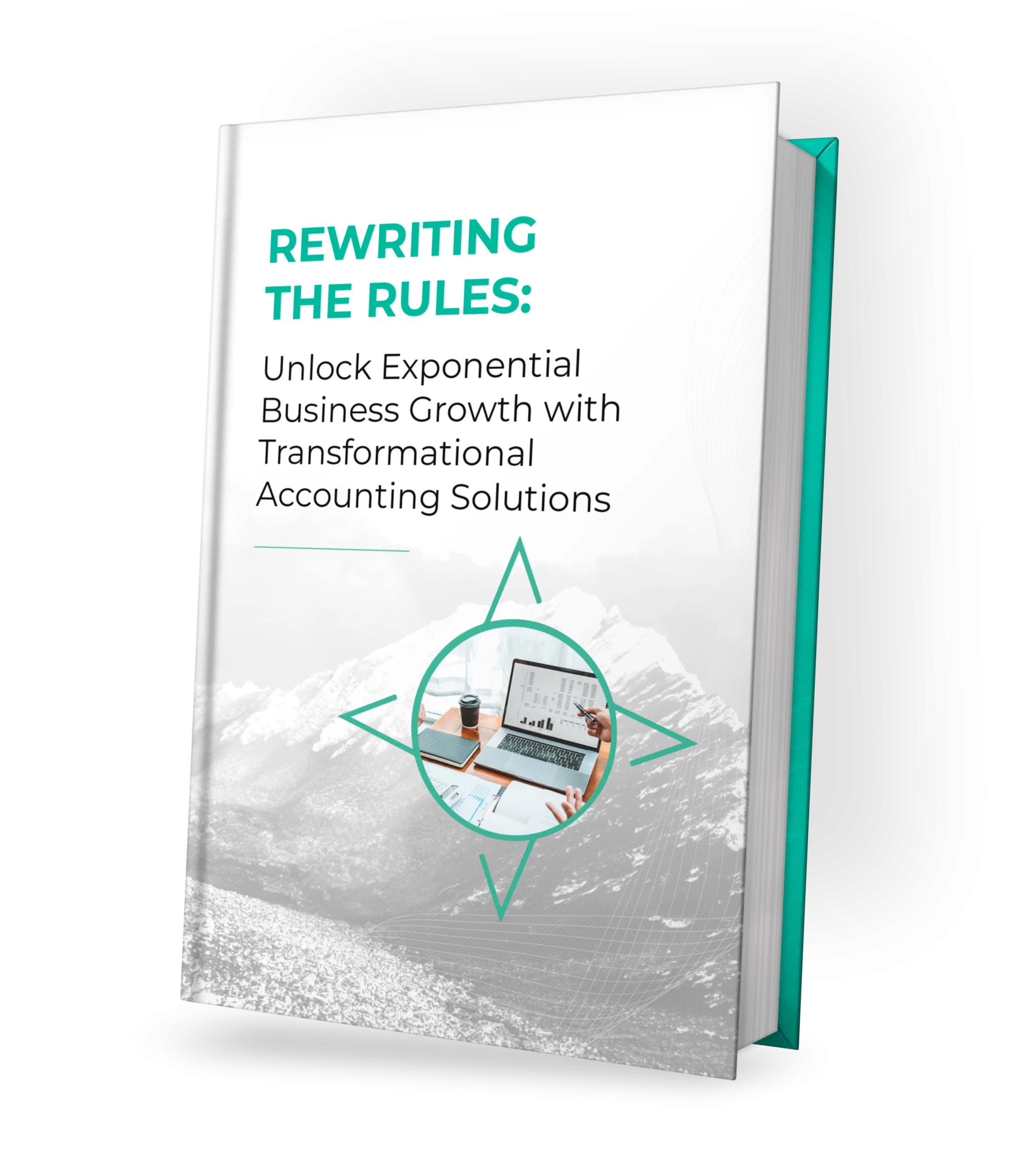Backdoor Roth IRA Contributions Explained
Despite what the name might imply, backdoor Roth Individual Retirement Accounts (IRAs) are not a type of account but rather a strategy for high-income individuals to realize the tax advantages of Roth IRAs even when their income exceeds the upper limits to contribute to these retirement accounts. In its most simplistic form, you open a traditional IRA, make a contribution, and convert your traditional IRA contribution, plus any appreciation, to a Roth IRA in the future in a taxable transaction. They can be a little complicated – but well worth taking advantage of.
How Do Backdoor Roth IRAs Work?
They work by converting funds held in a traditional IRA into a Roth IRA. There are no income limits for contributing to non-deductible traditional IRAs, but individuals with 2022 Modified Adjusted Gross Income (MAGI) above $144,000 or married couples with combined MAGI above $214,000 can’t contribute to Roth IRAs. The process outlined is essentially a “backdoor” for people who want to take advantage of Roth IRAs but otherwise can’t.
The main advantage of Roth IRAs is that future the distributions of principal and earnings are not taxable, unlike traditional IRAs. So by going through a backdoor Roth IRA, taxpayers can realize substantial future tax savings. Another advantage of getting money into Roth IRAs: they have no required minimum distributions, meaning people are not obligated to pull money out of these accounts (past the age of 72) and can let it continue growing instead.
However, it’s important to emphasize that while backdoor Roth IRAs can lower someone’s overall lifetime tax burden, this is not always a tax-free strategy.
A few considerations:
- The pro-rata rule. When the IRS determines your backdoor Roth IRA conversion taxes, they will regard all of your current IRA accounts as one entity. This is known as the aggregation rule – no IRA stands alone; instead IRAs are regarded in the aggregate.
The pro rata rule states that taxation of IRA accounts when converted partially or fully to Roth accounts will be calculated proportionally to the fraction of after-tax vs. before-tax contributions. The percentage of funds that are yet to be taxed will be taxed at the pro rata rate, regardless of whether you are transferring all or one of your accounts at once.
If all you do not have any other IRAs (401k funds do not count), then the pro rata rule does not matter. But if you have a traditional IRA with appreciated assets from years earlier or a traditional 401k that you rolled over into a traditional IRA you should expect a higher tax bill and this strategy might not be a good fit. - Annual contribution limit. Each year high income taxpayers with earned income can contribute $6,000 to a non-deductible traditional IRA and convert via the back door to a Roth IRA. The contribution limit for tax year 2022 is $6,000 and the amount increases periodically.
How to execute:
- Take stock of all IRAs you own and include your spouse if married. If you do not have any funds in traditional IRAs you are clear to proceed. If you do have traditional IRAs be mindful of the pro-rata rule. Tax consequences may be steep and unexpected.
- Contribute up to the current year maximum to a traditional IRA account. Leave the funds in cash and do not buy stock, bonds, or other investments. This is a non-deductible traditional IRA contribution. Be mindful of the tax year selected for the contribution.
- Convert the newly formed traditional IRA to Roth by contacting your bank or brokerage. Since the funds in the traditional IRA were in cash there should be zero appreciation to pay tax on the conversion.
- Invest the funds in the Roth IRA in stocks, bonds, or other investments and let them grow over time.
- In retirement the original contribution plus all appreciation can be distributed to you tax free. The growth of these funds is never subject to tax!
Should You Pursue a Backdoor Roth IRA?
A backdoor Roth IRA conversion can make sense in a variety of financial circumstances. However, be sure you understand all tax and legal regulations that apply, and also understand how the pro-rata rule applies.
So should you pursue one? Proseer is here to help you weigh the pros and cons, forecast the financial implications, and handle the steps from beginning to end. Get more from your retirement strategy by contacting us.

